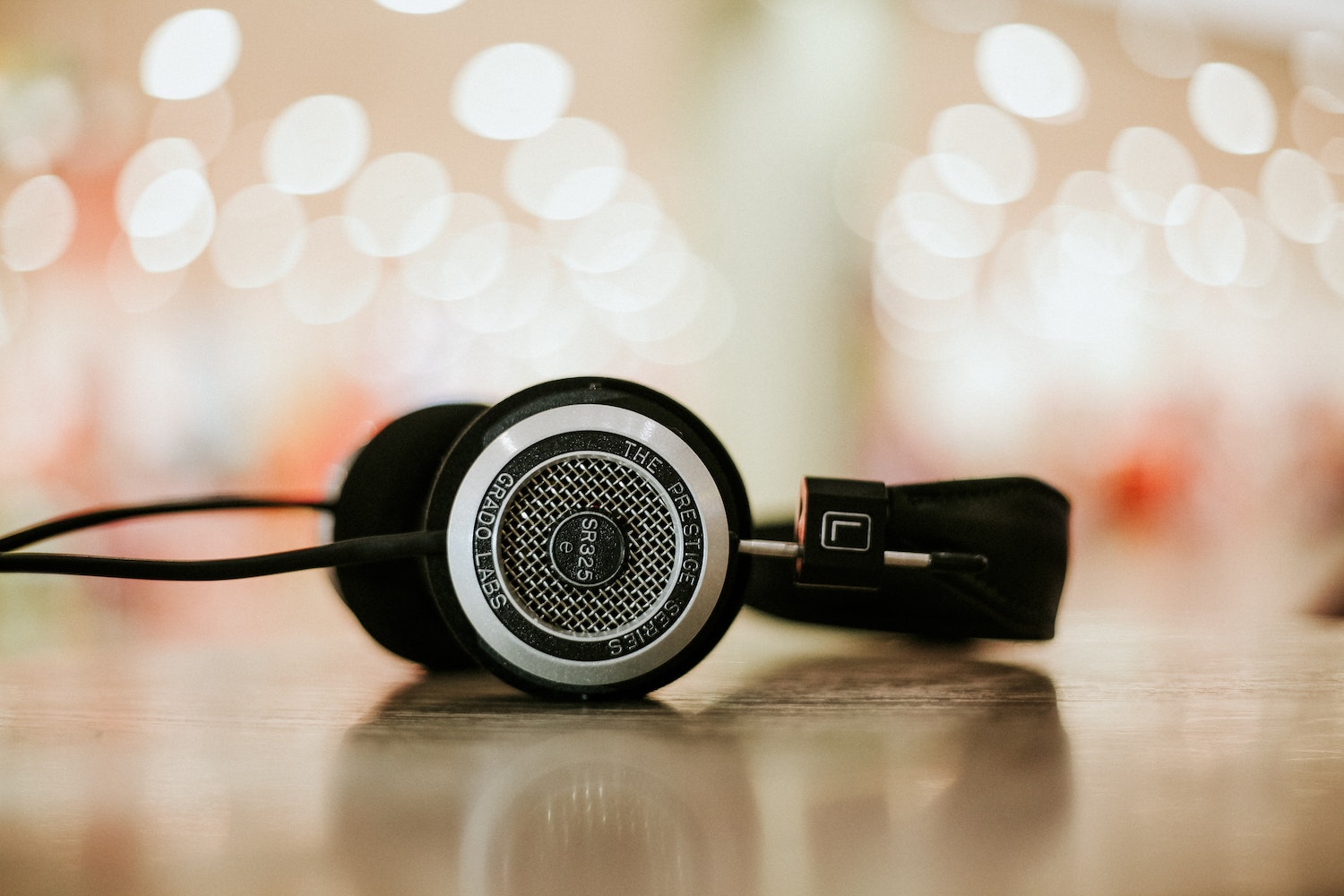
MUSI 4250
Women & Music
Dr. Rumya Putcha
assistant professor, Hugh Hodgson School of Music & Institute for Women’s Studies
Jenn LaRue
former WIP teaching assistant
How does your course utilize writing as a mode of learning to cover course topics?
In this course, students produce short reflections on weekly topics in the form of a Tweet or an Instagram caption. Not only does this provide students with low stakes writing opportunities to grapple with challenging course concepts, but they can see and engage with their classmates’ social media posts, allowing them to carry the conversation outside the classroom.
How does your course support writing as a process?
Students are encouraged to understand that writing is never finished, that the goal is not perfection, but communication and engagement with the world through the written word. Weekly posts encourage students to build on, re-think, and re-imagine how concepts are applied to situations they encounter in their daily lives, and with the final project, students are given the option to build on their midterm topics, digging even deeper into the ideas they explored.
What is one writing assignment in the course you are particularly excited about?
Twice during the term student produce a playlist with “liner notes.” These assignments really allow the students to take the skills they have been practicing each week and apply them to musical examples of their choice. The end result is really special and as a bonus, some of my younger students learn what a CD or cassette tape is!
What is one writing convention specific to your discipline that students need to know to write effectively in your class?
Though many of my students come into the class thinking they “are not musical” by the time the course is through they learn that they do know how to write about sound. This is a convention that is somewhat specific to the discipline of music and I am proud of the fact that this class helps breaks down that barrier for entry.
Why is writing critical to this course?
This class helps students connect two forms of communication, writing and musical expression. Even students who consider themselves ‘musical’ have difficulty expressing their ideas about sound in words; music is often thought of as something that ‘speaks for itself.’ When students are encouraged to take what feels implicit and make it explicit in their writing, they discover layers of meaning and nuance in the music, as well as their writing.